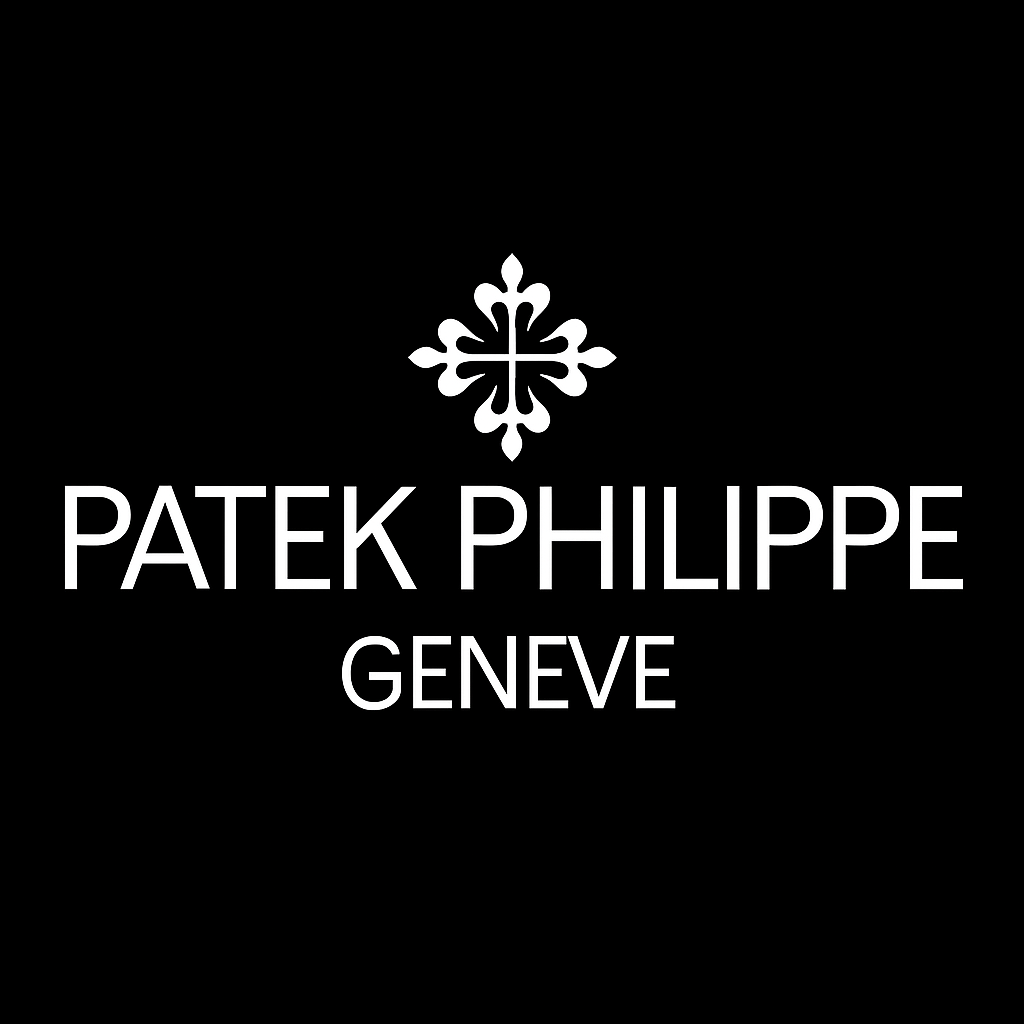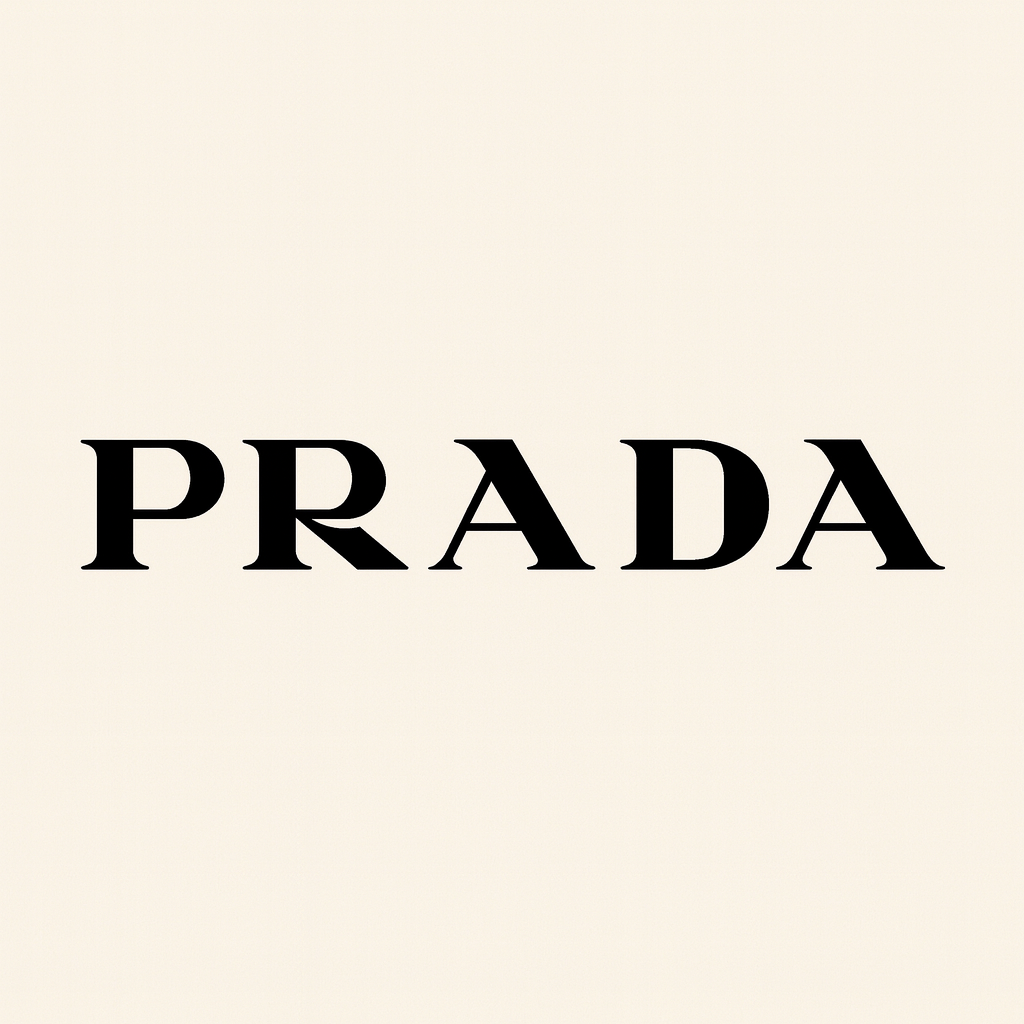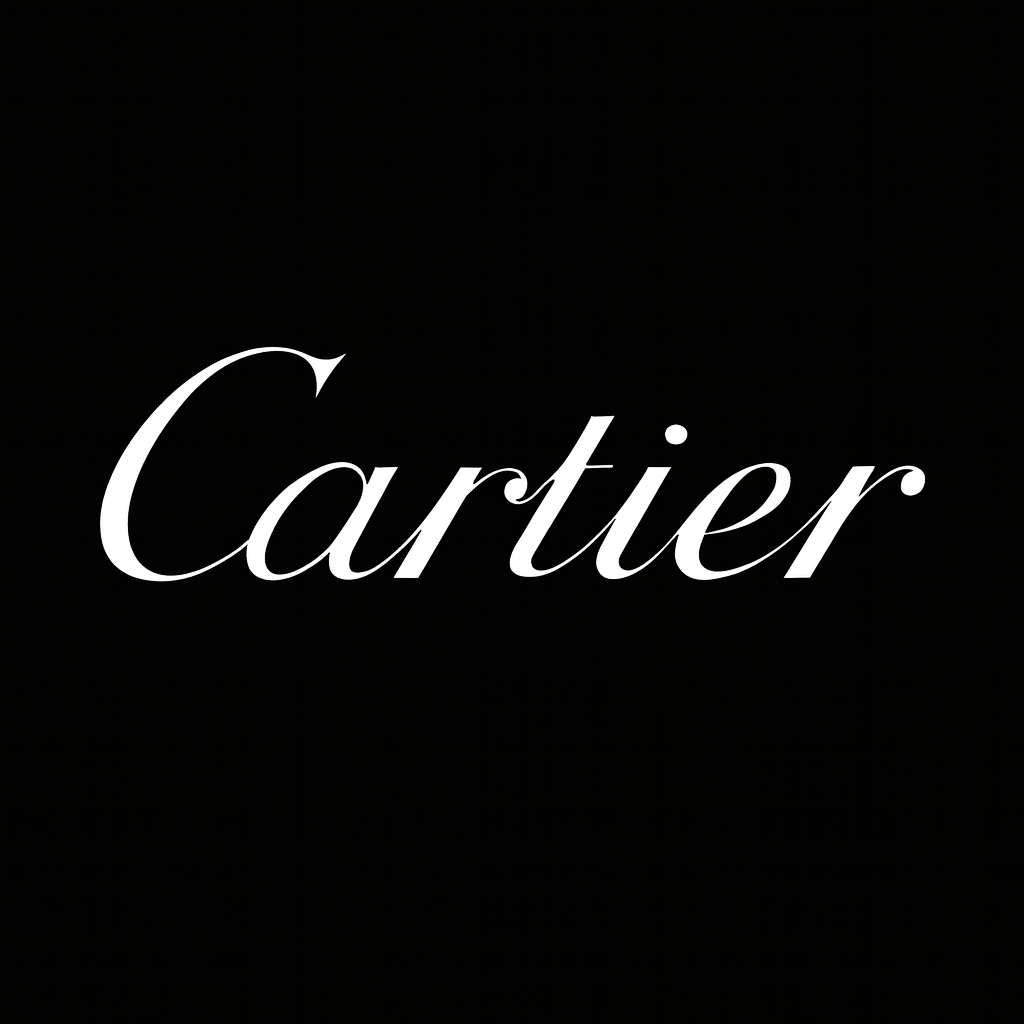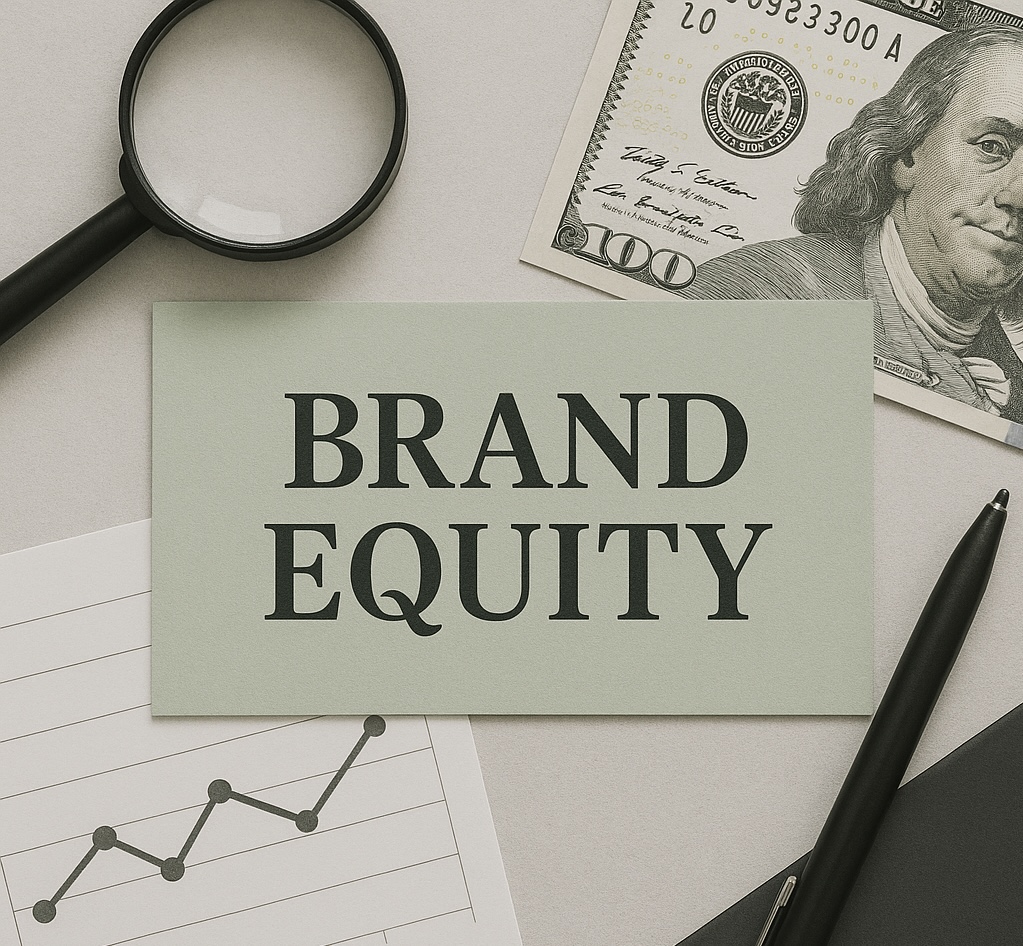
Brand Equity (Keller's Model)
Hey everyone! I’m still stuck in my birthday weekend, but I couldn’t ignore the many emails I got from you asking about Keller’s model. So here I am, at 23:46, writing this post for you 💗 Consider this my little thank-you gift for all the birthday wishes and love 🥰
As I mentioned in my last post, Keller’s article is often considered more influential than Aaker’s. Still, Keller frequently cited Aaker, making it clear how important Aaker’s earlier contributions were to his own work. In his article that he published in 1993 in Journal of Marketing, Kevin Lane Keller proposed four levels for evaluating brand equity:
Level 1: Salience (Brand Awareness / Visibility)
For Keller, the first step in measuring brand strength is awareness: how much people recognize and remember a brand.
Example: When you say “Amazon” people immediately think of online shopping platform. Also, probably this is the first brand when someone mentions "Online Shopping".
Level 2: Performance & Image of the Brand
At this level, the focus is on performance and brand image.
Performance means: does this brand deliver on the tasks and functions I expect from it? Does it perform them correctly, completely, and with the expected quality?
For example: If it’s a food brand in the health sector, does it really meet the nutritional expectations that a customer has for such a brand?
Questions to evaluate performance:
• Does this brand offer enough variety in its products?
• Do the products of this brand taste good?
• Does this brand really satisfy its customers and meet their expectations?
Imagery refers to: what associations and mental images are linked with this brand?
- Who are its customers? What kind of people are they?
- In what situations do people usually turn to this brand? (Is it their first choice, or just a backup option? Do they use it every day or only occasionally?)
- How would I describe this brand? What words or qualities would I use?
- What stories or history does this brand have? What experiences does it create for its customers and audience?
Level 3: Judgments & Feelings
What are the judgments and evaluations people make about the brand?
- Is this brand of good quality?
- Is it innovative and creative?
- Is it trustworthy?
- Is it superior compared to other brands?
What emotions the brand triggers in people?
- Does this brand make me feel happy, excited, or confident?
- Does it give me a sense of security and trust?
- Does it make me feel respected or prestigious?
Level 4: Resonance
This is the highest stage of brand equity in Keller’s model.
It’s not just about recognition, quality, or even positive feelings anymore. It’s about bonding. This is the stage where a deep, intense connection forms between the brand and its customers.
- Customers feel a strong sense of loyalty to the brand.
- They identify with the brand on a personal level (“this brand represents who I am”).
- They actively engage with the brand beyond just purchases: Joining brand communities and Sharing experiences with others.
- Following the brand’s updates, news, and events.
For example, Apple customers eagerly await new product launches, join discussions, and create communities around the brand. At this stage, the brand has become more than just a product—it’s a part of people’s identity.
Keller believes reaching this level is the ultimate goal of brand building.
The Aaker's model is the oldest and Keller’s model is the most famous one for measuring brand equity. But old or famous does not necessarily mean the best. There are many models for measuring brand equity and value. Therefore, you can design questionnaires and tools according to your own preference and needs, and measure your brand equity.
The most common and effective way of using brand equity is planning for brand management. You can look at the components of brand equity and ask yourself: “Does this action of mine increase brand equity? Or does it have no impact? Or does it decrease brand equity?”
You define some criteria and measure your brand equity, and with the help of campaigns or long-term programs, try to increase your brand equity. Regular measurement of brand equity (for example, quarterly or yearly) can show you how successful you have been in managing your brand.
Here I also created for you the same pyramid that Keller has in his book:
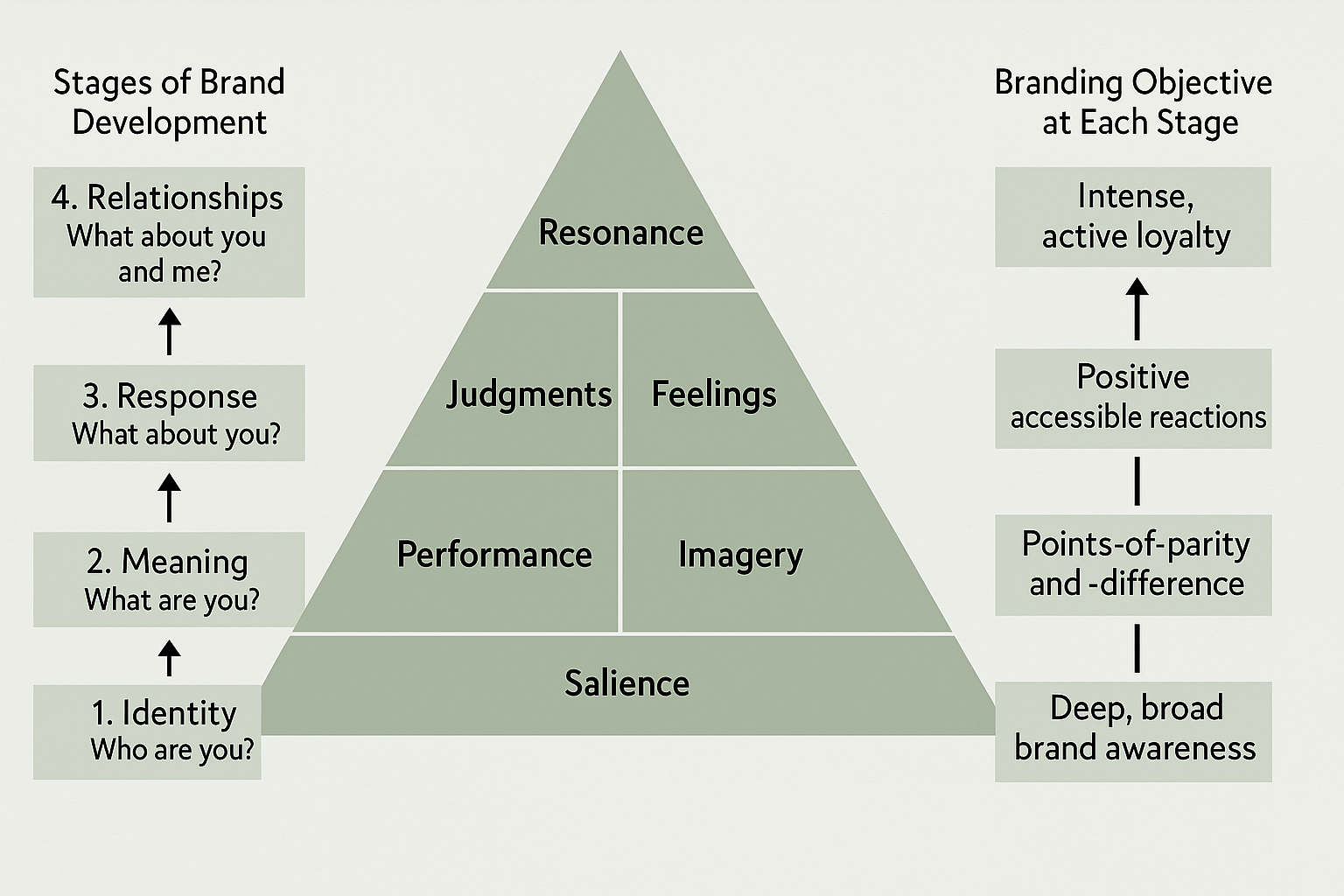
By
October 13, 2023
.png)
.png)

